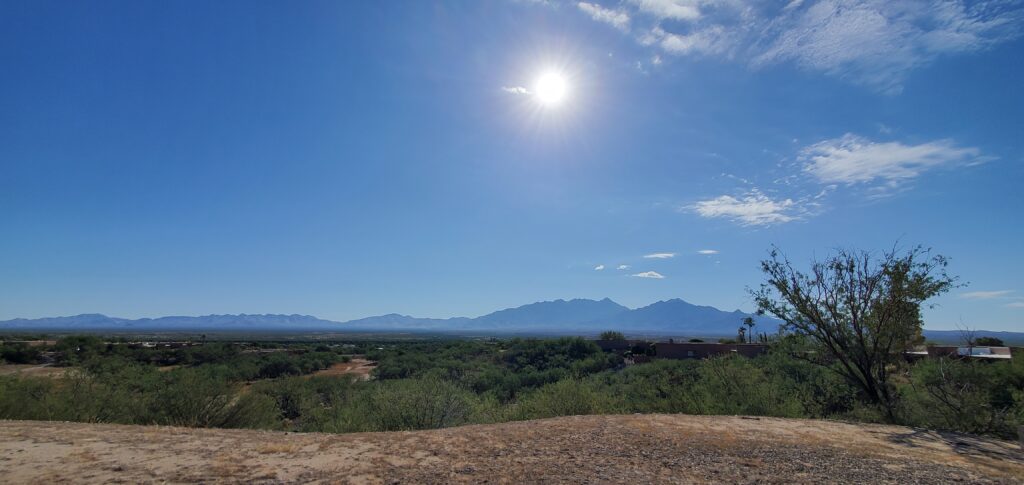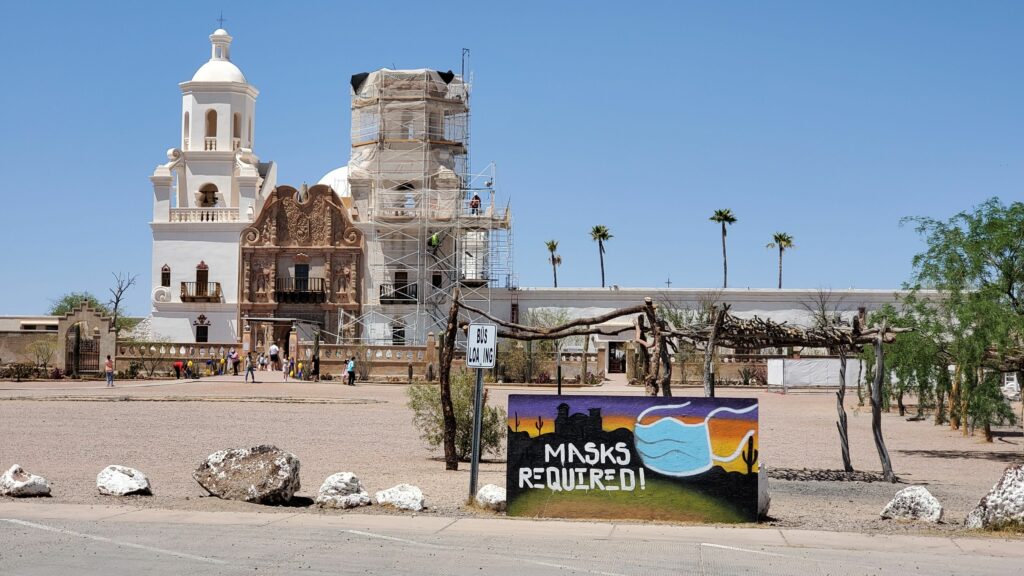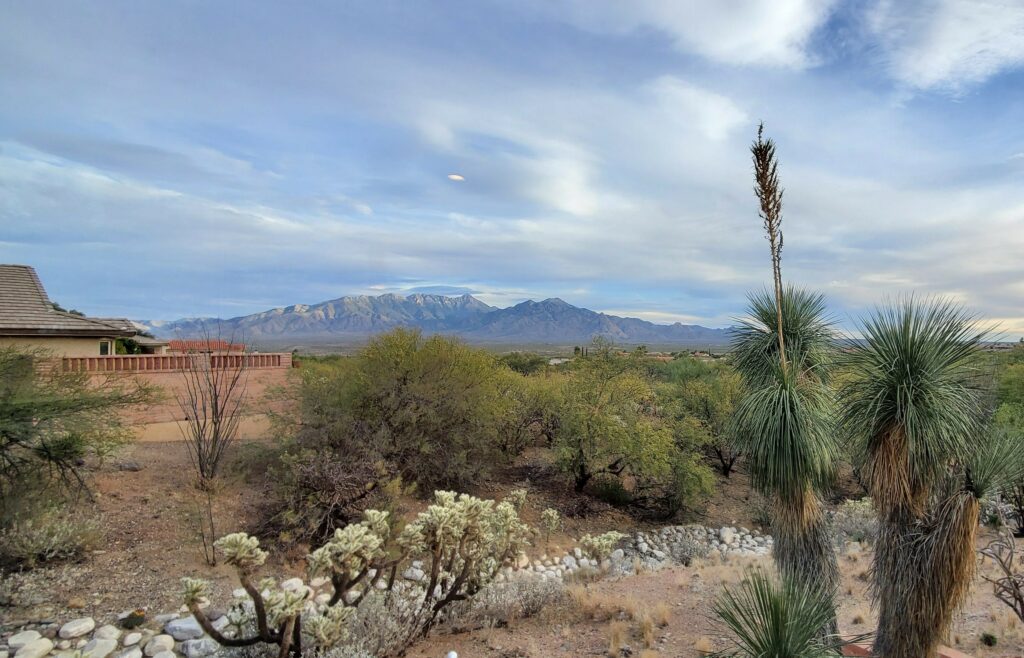Housekeeping, two poems, and what’s to come in 2024

This time of year is always busy – no matter the faith or creed, or lack thereof. That extends even to yours truly.
In between festive gatherings and holiday cheer, I have been researching and writing several new (and somewhat lengthy) articles: one is a discussion on Ken Layne’s invaluable Desert Oracle and the other is more historical, tracing the adventures of two very different men making two very different expeditions during the winter months of 1775/76.
There is also the next (and possibly the final) installment of my exploration of Peter Kingsley’s monumental Catafalque. Since the first part was so heavy and, at times, unwieldy, I have decided to tuck the second installment aside for a little later. Consider it back burnered, or waiting in the wings – giving all of us a chance to breathe. I think the second part will be the more useful of the two, for reasons that will only be clear once it’s submitted for your consideration.
Below are a pair of poems I’ve written concerning, as you may have guessed, the desert. Poetry isn’t everyone’s cup of tea and even defining what makes a poem is a Sisyphean task. That said, I can tell you that the two poems below are an exploration less of the desert itself and more a meditation on how we interact with desert landscapes and how they, in turn, act towards us. It’s important to remember, enough that I have to remind myself, that the desert is simply a wildspace; it’s nature, pure and simple. It doesn’t think about acting, or reacting, to us – it simply is and does as a wilderness ought to be and do. That is why we love it.
Happy reading and I’ll message you all again on Friday, December 29.

The poem below (“Santa Anna’s Lost Property”) was somewhat inspired by the beautiful and historic San Xavier del Bac Mission just south of Tucson. The north tower (right) was under rehabilitation at the time of the photograph. The mission is still active (first established in 1692) and resides on the Tohono O’odham Nation’s San Xavier Indian Reservation. The present church took more than a decade to build, and was finished in 1797.
Photo by the author, taken on May 14, 2021.
Santa Anna’s Lost Property
Scholarly pursuits
Bedeviled by fountain’s cool bubbling
By desert’s dry winds
By sun’s Promethean flexing.
This is the reason for siesta
Why mañana is the law of the land,
And why the patio roof is a tarred sombrero.
How can Novanglian Will triumph
Amidst Santa Anna’s lost property?
There is a reason
Why the trade winds interregnum
Breeds oceanic malaise
There is a reason
Why Bligh’s besotted crew
Preferred equatorial delights
To Blighty’s dreachy doldrums.
Though progress slows
Trapped by the golden handcuffs
Of endless summer.
At least
(As the locals say)
It’s a dry heat.

On the horizon, and just twenty minutes away from I-19, sit the Santa Rita Mountains. These mountains inspired the newsletter’s second poem, specifically the attempt by Canadian mining firm Hudbay to build a mine on the range’s eastern slopes. That initiative failed in 2022, but now they’re trying to build a mine on the western side of the range.
Photo by the author, taken on Dec. 18, 2023.
What is the Price of a Mountain Top?
What is the price of a mountain top?
Does geologic uplift
Precipitate a rise in GDP?
Are valleys and canyons
Bullish because they push up
Or bearish because they plummet?
Amidst the mountains
Only rain trickles down.
And nature’s sunk cost
Yields a cyclical, blooming greenery.
What is the price of a mountain top?
Does the New York Stock Exchange
Mark the value of a granite tor?
The ridgeline’s acoustic shadow
Makes it difficult to hear the sound
Of the Fed raising interest rates.
Gaia’s board of governors doggedly believes
In the invisible hands of syncline and anticline.
Well, stoicism is an inevitability
When you’re a behemoth of marble.
What is the price of a mountain top?
Did the snow on the peaks melt
Because the economy was heating up?
A rising range (eventually)
Suffers from the deflationary effect
Of wind and rain and dynamite.
Not even volcanoes are too big to fail,
But even they provide a stimulus of liquidity.
Mother Nature is a free market
And ultimately bails herself out.
[The post first appeared on Desert Dispatch on 12/26/2023.]


Leave a Reply